What Is Gesture Drawing?
When it comes to capturing the essence of the human form—or any living subject—gesture drawing stands as one of the most powerful and enduring exercises in an artist’s toolkit. With fluid lines and dynamic mark-making, this practice helps you portray weight, motion, balance, and expression in just a few confident strokes. It’s not about refining detail or accuracy. It’s about energy.
This guide explores the core principles of gesture drawing, how to get started, and techniques that will strengthen your skills and train your observational eye.
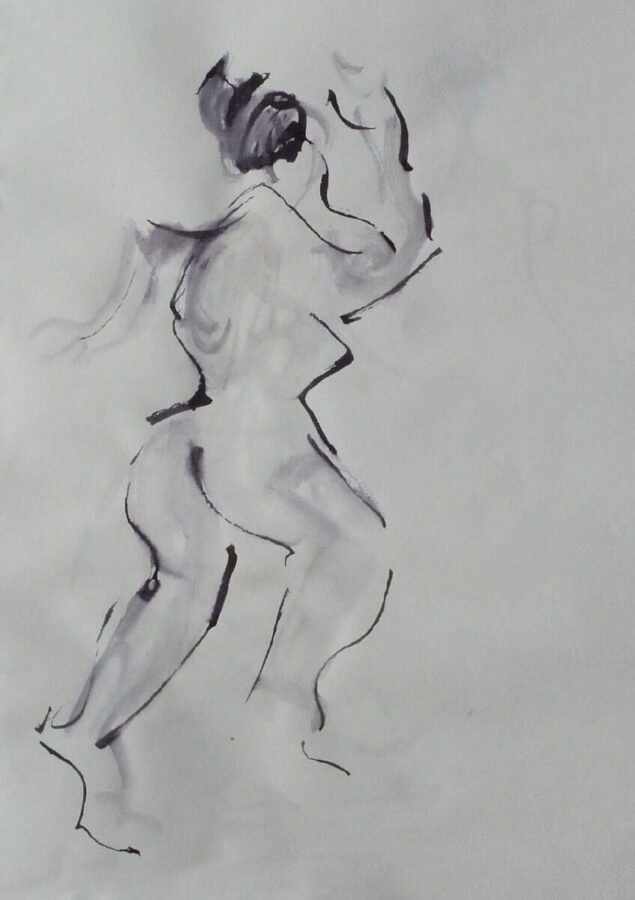
credit: SANTIAGORIOS
Gesture drawing is the practice of making quick, expressive sketches to capture the movement, posture, and rhythm of a subject. It focuses on dynamic form rather than surface details. Typically timed, gesture drawings last anywhere from 30 seconds to 5 minutes and prioritize motion over anatomy.
Artists rely on this method for:
- Warming up before intensive figure work
- Studying body mechanics and fluidity
- Developing visual memory and decision-making speed
- Exploring expression through simplified linework
Whether in traditional life drawing classes, animation studios, or digital sketchbooks, gesture drawing is foundational for portraying vitality.
Why Gesture Drawing Matters
The practice of gesture drawing trains your ability to see beyond outlines. It helps break the habit of stiff rendering and opens the door to expressive, intuitive drawing.
It benefits artists by:
- Encouraging continuous line confidence
- Teaching proportional intuition over measurement reliance
- Enhancing speed without sacrificing intent
- Improving the translation of motion into form
- Laying groundwork for advanced figure studies and character design
More than a warmup, gesture sketching sharpens your artistic instincts and strengthens overall visual communication.
Sketchbooks.org | VISUAL RESEARCH HUB
Gesture Drawing
Visual research is critical for any creative endeavor. We have compiled specialized links to lead you directly to images, videos, and inspiration for "Gesture Drawing" across the web's best visual search platforms.
Choosing the Right Tools
Gesture drawing thrives on immediacy, so your materials should reflect that.
Recommended tools include:
- Soft graphite pencils or charcoal for smooth, tonal sweeps
- Ink or brush pens for bold, flowing marks
- Digital tablets with customizable brushes and time-tracking tools
- Newsprint or sketch pads that handle loose, high-volume mark-making
You want tools that match the speed of your arm and help you avoid overworking. Keep your setup lightweight so you can focus entirely on movement and form.
Structuring a Gesture Drawing Session
To make the most of a gesture drawing practice session, structure it around time and progression. Start loose and increase drawing time gradually to build control.
A sample structure might include:
- 5 poses at 30 seconds
- 5 poses at 1 minute
- 3 poses at 2 minutes
- 1 pose at 5 minutes
This format helps develop speed and rhythm while allowing for refinement. Use a timer app or live model drawing site, or sketch people in motion—at a park, café, or transit station.
Key Techniques for Dynamic Gesture Sketches
Gesture isn’t about copying the outline. It’s about capturing intent.
Here are essential techniques to keep in mind:
- Use the line of action: Establish one sweeping line that describes the body’s direction and energy
- Flow, not contour: Prioritize internal movement over external shape
- Draw from the shoulder: Use broad, confident strokes rather than tight hand movements
- Simplify forms: Break the body down into basic shapes like cylinders and bean forms
- Embrace imperfection: Focus on clarity of motion—not precision
Let each mark reflect your interpretation of weight, twist, lean, and balance.
Common Mistakes and How to Avoid Them
Even though gesture drawing is freeform, pitfalls do exist:
- Over-focusing on detail: Save specifics for longer sessions; focus on volume and flow early on
- Short, scratchy lines: Use sweeping, continuous strokes for cohesion and energy
- Ignoring body mechanics: Don’t forget gravity, balance, and the weight shift between limbs
- Drawing from memory too early: Always start with direct observation to build strong habits
- Stopping too soon: Push through awkward starts; you’ll improve by doing, not waiting for perfect poses
The more regularly you practice, the clearer your lines and instincts will become.
Gesture Drawing Beyond the Figure
Although most gesture work is tied to figure drawing, the technique expands well into other art areas:
- Animals: Quick sketches at zoos or videos can teach limb coordination and pose
- Urban scenes: Capture people in motion to improve environmental storytelling
- Character design: Build expressive, lively characters from fluid gesture foundations
- Still life: Describe the gesture of inanimate forms—the lean of a vase, the flow of drapery
Gesture isn’t about what you’re drawing—it’s about how you see and respond to it.

Sketchbooks.org | TRADITIONAL TECHNIQUES
Expressive Caricature Portraits | From Sketch to Statement
Expressive caricature portraits are more than exaggerated drawings—they’re bold interpretations of personality, emotion, and character. From quick sketches at street fairs to refined studio pieces, caricature art blends humor, observation, and stylized technique to create...
Frequently Asked Questions
What is gesture drawing used for?
Gesture drawing captures movement, posture, and energy quickly—helping artists loosen up and sharpen their observational skills.
How long should a gesture drawing take?
Most gestures are timed between 30 seconds and 5 minutes, depending on your focus and intent.
Do gesture drawings need detail?
No, the goal is to express motion and weight with simplified marks, not render anatomy.
What’s the difference between gesture and contour drawing?
Gesture captures dynamic action, while contour focuses on the outer edge and precision of form.
Can I do gesture drawing digitally?
Absolutely—digital tools like Procreate or Clip Studio Paint allow for speed, undo, and brush variation.
What subjects can I use for gesture drawing?
Figures, animals, people in motion, or even everyday objects with dynamic shapes all work well.
Is gesture drawing only for beginners?
No—it’s a foundational skill practiced by artists of all levels to maintain expressive fluency.
Final Thoughts
Gesture drawing is more than a warmup—it’s a mindset that channels the rhythm of life into the marks you make. When you practice this technique consistently, you unlock a more responsive, fluid drawing style that serves every corner of your artistic journey.
So grab your sketchbook, set a timer, and let the energy lead. The more you trust your hand to follow movement, the more alive your art will become. Let gesture drawing be your ongoing invitation to draw not just what you see—but what you feel.
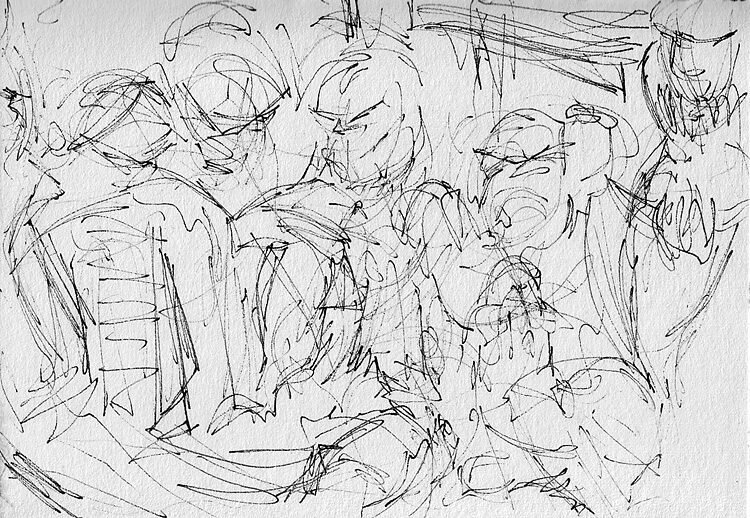
credit: JASONPOGO
Ready to Share Your Work?
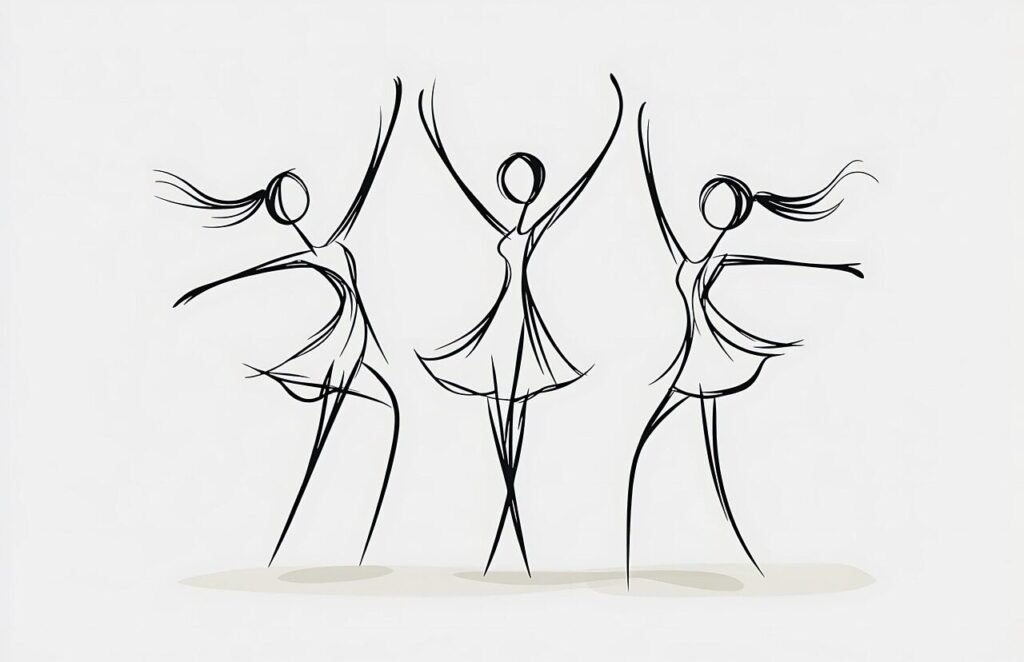

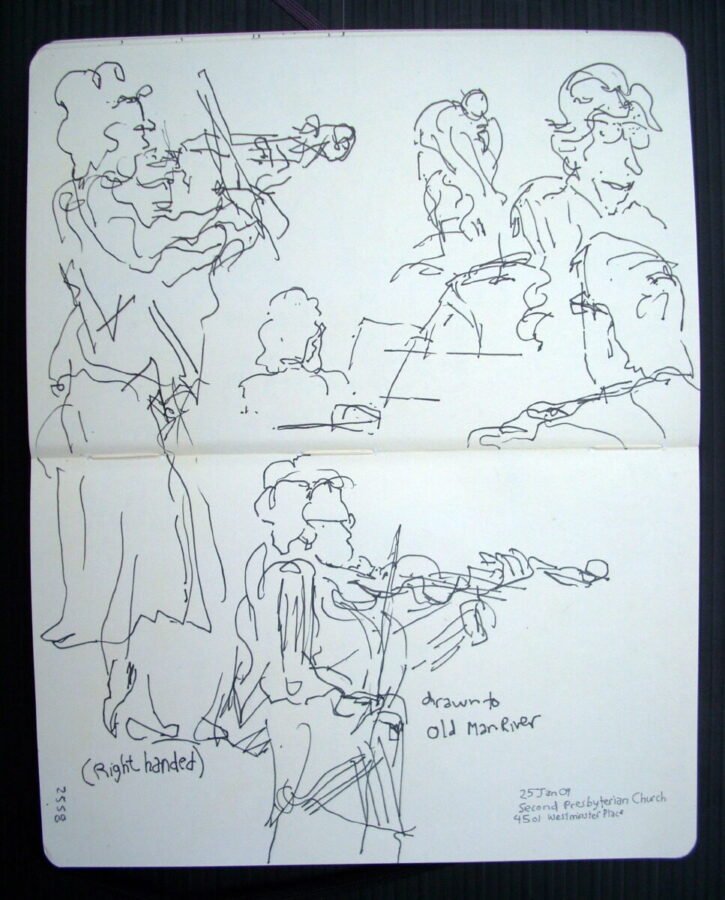
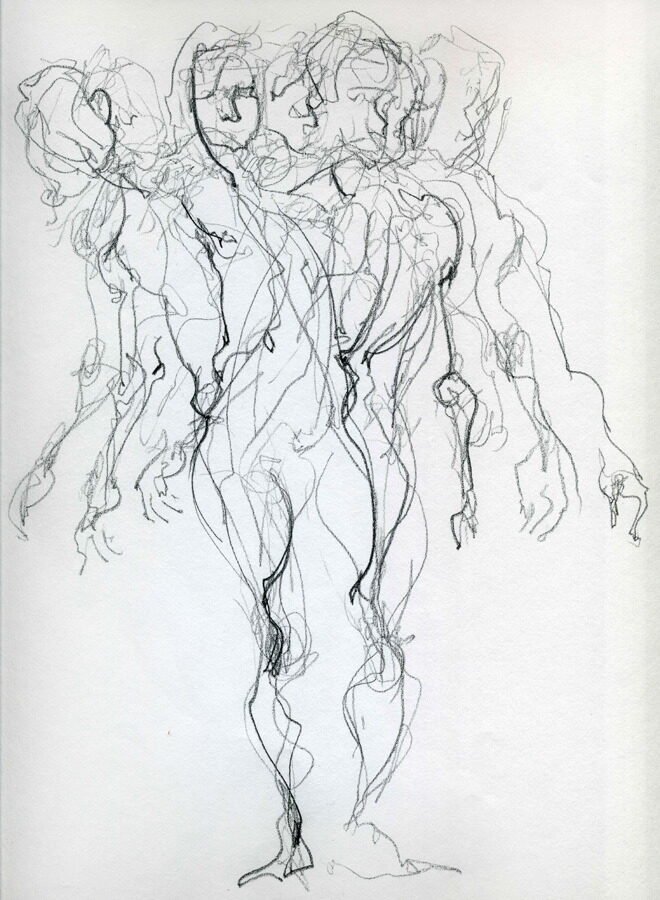
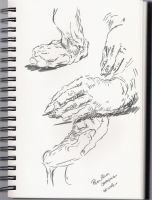
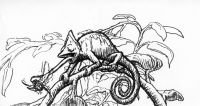


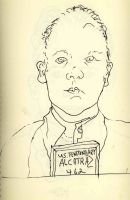
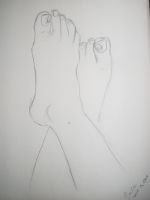



Just tested this method on a few character thumbnails—it really does help define gesture and expression without overworking. The results looked more alive than usual. Solid tip I’ll keep using in figure studies.
loosen up and stop obsessing over anatomy
“stiff drawing syndrome” yikes!